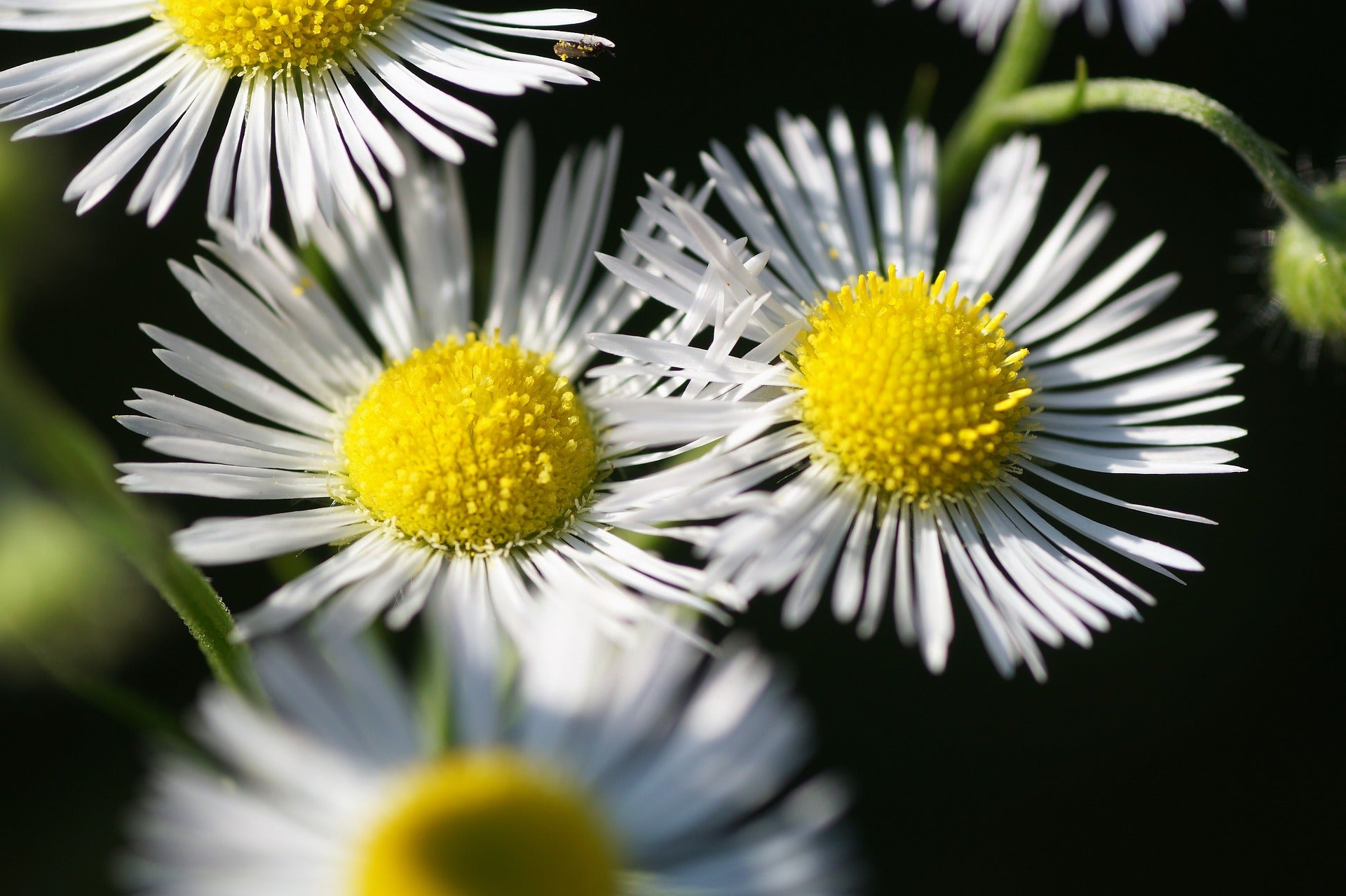Knowing what the life cycle of the plant is that you want to put in your garden is critical for garden planting. Putting perennials in the middle of your annual vegetable beds could be a frustrating thing when it comes time to clean up your beds. And what if you need to till? Having to work around that asparagus you put in the middle of the row of the middle of the garden would be pretty silly. Knowing what you have means you can plan to plant for optimum efficiency, and the least amount of waste.
Annuals
Annuals are plants that perform their entire life cycle from seed to flower to seed within a single growing season. All roots, stems and leaves of the plant die annually. The seed bridges the gap between one generation and the next. Summer annuals sprout, flower and die within the same spring - summer - autumn. Winter annuals germinate in autumn or winter and bloom in late autumn, winter or spring- depending on your grow zone.

Perennials
Perennials are plants that live for many growing seasons. Generally the top portion of the plant dies back each winter and regrows the following spring from the same root stock. Many perennial plants do keep their leaves year round. It’s worth noting that when starting perennial plants from seed, they will flower in the spring or summer of the second (rarely, third) year and each year thereafter. In warmer climates perennials can grow continuously.

Biennials
Biennials are plants which require two growing seasons to complete their life cycle. Usually display vegetative growth in the first year and produce seeds during the second year. Most biennials flower in spring and ripen seeds in mid to late summer; the stem of the biennial plant elongates greatly (bolts). The plant then flowers, produces fruits and seeds before finally dying.

Annual/Perennial
A plant can behave as an annual or a perennial depending on local climatic and geographic growing conditions. In warmer climates these plants tend to grow much quicker than in colder areas and have an extended growing season. For example, if you grow a tropical plant in a cooler growing zone, you’ll likely need to treat the plant as an annual and expect it will die off at the end of the season. An example of this would be growing a Bougainvillea vine in Pennsylvania. It will grow well, give you lot of beautiful flowers, but it’s inability to tolerate frost means it will not survive the harsh winter. If you were to grow the same vine in Louisiana, you will likely get many years from the same plant. The same goes in reverse for some crops. Some things that are commonly grown as annuals might continue producing for years in a warm growing zone. Peppers are a great example here. Botanically, they are annuals, but because they are heat lovers, they can continue to grow for many seasons if happy. I’ve got a farmer friend that has had the same pepper plant growing for 6 years so far in Florida! So, depending on your location, a perennial can become an annual and an annual can become a perennial. 😊
Anything you still have questions about? We’re here for you! Let us know and we’ll do our best to clear things up.
| |
Article Written by: Angie Lavezzo |
|
About the Author: Angie Lavezzo is the former general manager of Sow True Seed. Beyond her professional role at Sow True, Angie's passion for gardening extends into personal hands-on experience, fostering plants and reaping bountiful harvests. |


